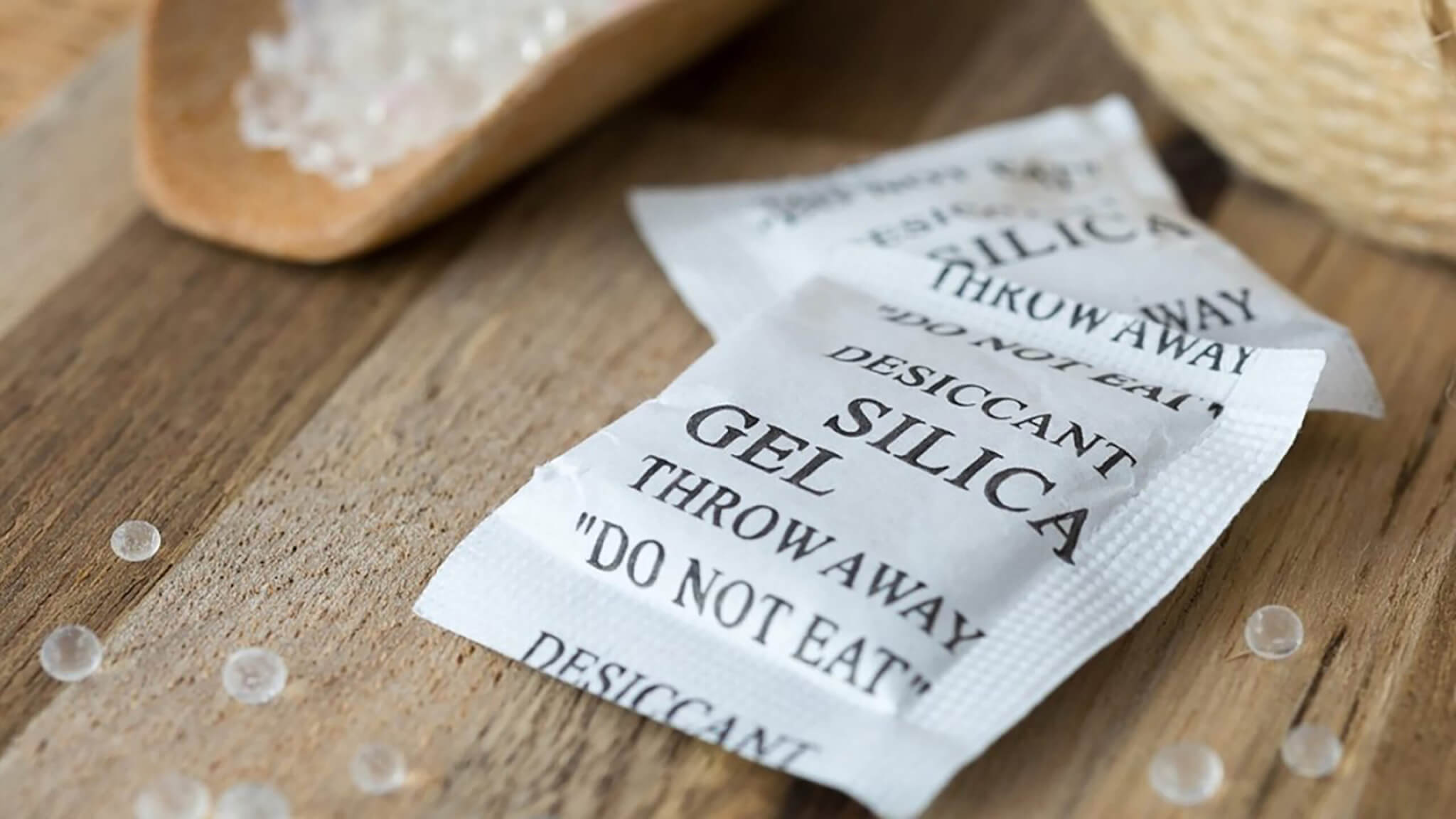Storage Tips Whether Storing at Home or in Self-Storage!
After over 25 years in the self-storage business, we have learned a lot about what not to do and what to do! These suggestions would apply to items stored in your garage, closet at home or in your self-storage space.
1. Rugs. Our go to expert is Star Rugs locally. They suggest, “Always have your rugs cleaned and dried before you store them. Be aware there is no guarantee that cleaning will get all of the moth larvae out of your rug (which you may have and you don’t know it). Never store a rug by wrapping it in plastic or in a plastic carpet bag. Plastic does not allow the rug fibers to breathe, and moisture can get trapped creating mold and mildew issues”. They suggest wrapping a rug in Tyvek paper (be sure you do the ends too). If you aren’t familiar with Tyvek, it can be purchased at Home Depot or online, here is a clip from their website describing the product:

Protective lining for artwork, textiles, and fragile valuables.
- Use for shipping, long-term storage or as protective inner lining.
- Resistant to mold, mildew, water, and dust particles.
- Tear-resistant, nonabrasive spunbonded olefin.
- Black Tyvek® Rolls – Recommended for picture frame backing. Extra smooth.’
It’s important to note, if stored rugs are left too long in any dark area, they will most likely get damaged. Moth larva likes to grow in the dark in undisturbed areas. If you leave your rug stored away for too long, you are likely to come back to a moth-eaten rug. We recommend storing your rug in a temperature-controlled environment (inside your home or temperature controlled self-storage). Check your rugs at least every 6 months to ensure they aren’t damaged while they’re stored away.
2. Anything damp or wet. A damp wet suit or wet towel left in your garage will bring mold to your garage quicker than you can imagine. Sometimes the mold is invisible to the eye so be sure to dry everything completely before storing it.
3. Suitcases. Usually, suitcases are stored in a dark closet, basement or garage where they don’t get a lot of air circulation. We recommend inspecting them from time to time to check for mold. Obviously if you have traveled in the rain, be sure they are dry before you store them.
4. Love to go Antiquing? Often wooden antiques due to their age have mold growing that is not always visible. You can buy an inexpensive mold gun online and point it at an object (including your suitcases) and if mold is present it will light up. Mold wipes are available for furniture and then best to put the item in the sun outside.
5. Storing food products. If you decide that the special at Costco is worth buying rice or cookies in bulk and storing them in your garage, think twice. Even if they are sealed and wrapped in heavy plastic, rodents can still eat through the bags.

6. Storing clothes. Use silica packets to preserve your stored clothing. There is no risk in using them, the more you have, the more humidity they can soak up, and the more they will protect your clothes. These can be easily ordered through Amazon or a similar retailer and are well worth the money.
7. Properly storing electronics. Best stored in a temperature-controlled environment. Experts suggest you unplug all cords and try not to stack them as much as possible. If you plan on storing them for an extended period (a month or longer) remove the batteries from the device. Anytime you leave a battery inside a device—even if you’re not using it—the device is still drawing some power from the battery, and over a long period of time, this could lead to leakage and corrosion.
8. Lithium batteries: Lithium batteries, which power everyday devices such as smartphones, tablets, cameras, laptops, home back up batteries can catch fire and explode if exposed to too much heat, damaged or if battery terminals are short-circuited. When you travel be sure you keep them in your carry- on luggage.

9. Plastic storage bins: Cardboard boxes are less expensive and will get the job done, but clear plastic storage bins will make your life less complicated in the long run. It’s easier to see inside them and quickly identify their contents. They also last longer and are more stable than cardboard boxes, making them better for stacking (although, not meant for items that need to breathe). Plus, they can be sealed with locked lids, so it’s more difficult for pests and dirt to get inside. The Container Store online has a great variety or pick some up at Costco, Home Depot or Target!
Trudi

